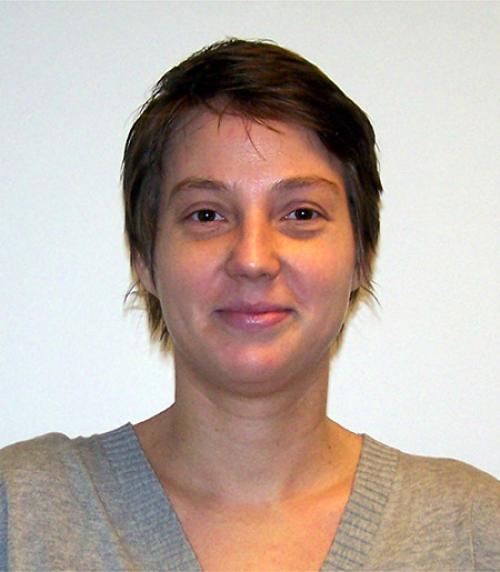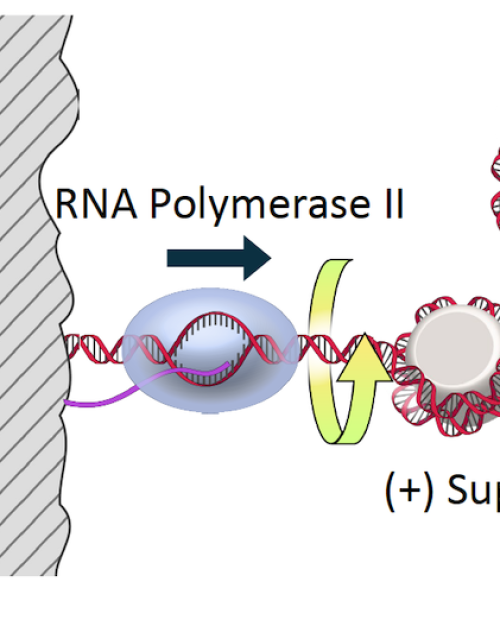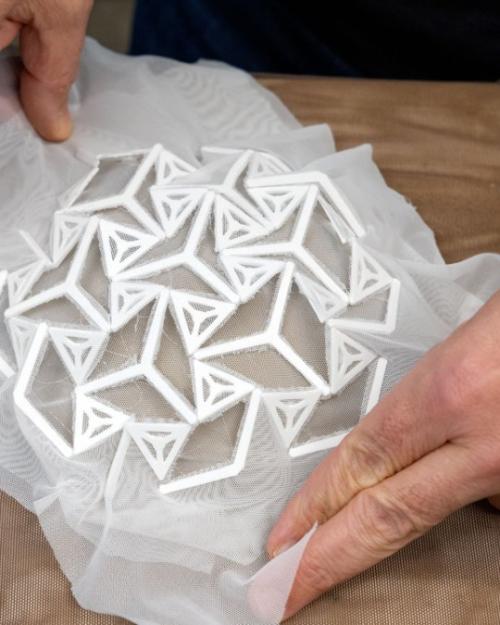Crossing borders—whether by traveling away from home or encountering new people where we live—can confirm or upend our viewpoints on race, racial stereotypes, and racism, according to Global Cornell. In a collection, Global Cornell has assembled prose, poems, and visual art submitted by Cornell students and alumni who gained new knowledge about racial dynamics by crossing a literal or figurative border. The collection includes work by Arts and Sciences students Maxwell Zheng '23, Kristi Lim ’21 and associated graduate students Ekaterina Landgren and Manasicha Akepiyapornchai.
"From a young age, my Russian parents instilled in me that there are few things worse than not having the right papers," Ekaterina Landren Ph.D. '22 writes in her essay "Entering America." "My father traveled with thick folders of supplementary materials. A passport was just the beginning."
See the whole collection on the Global Cornell website.




